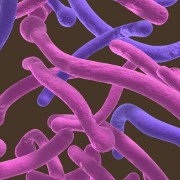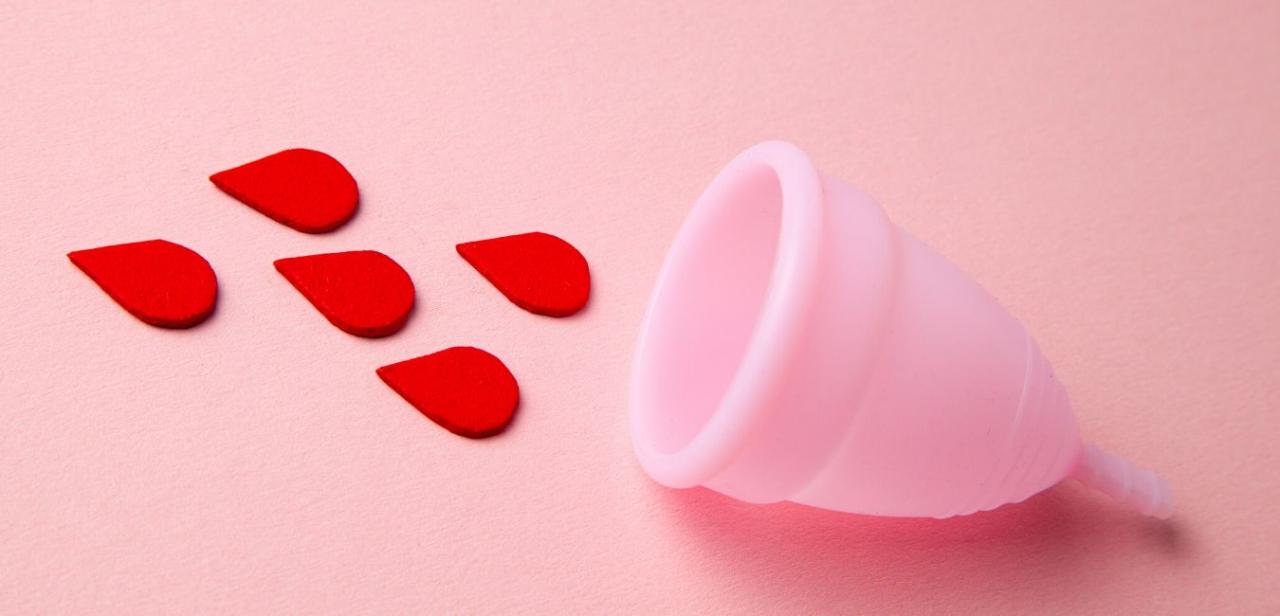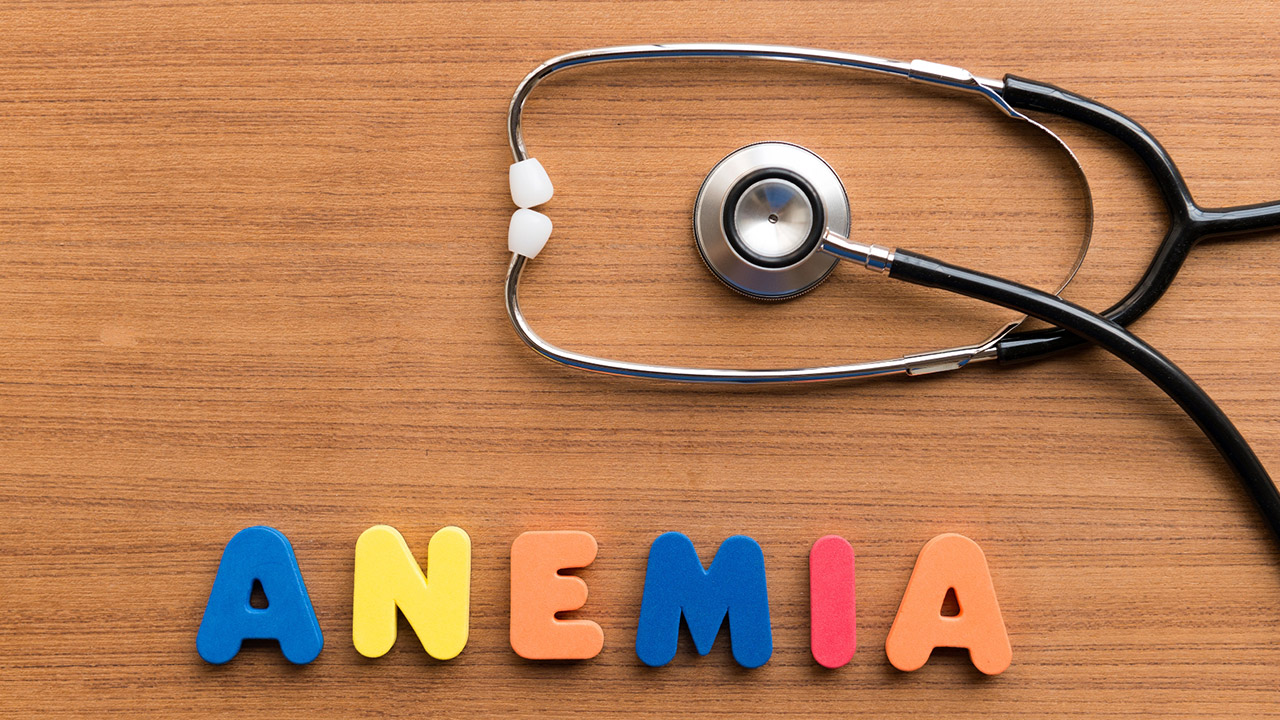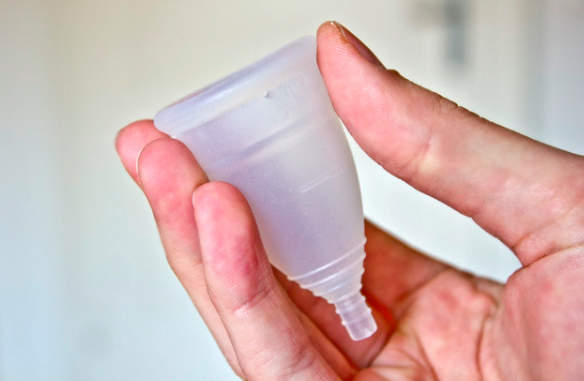 Photo: Getty Images
Photo: Getty Images
Doctors, and perhaps you too, have noticed that women tend to get more yeast infections (vaginal candidiasis) during or after their periods. I personally can certainly attest to how unpleasant the combined bleeding and itchy, burning, yeasty feeling is – but why does this happen?
Yeast infections – the growth of a common fungus Candida albicans – are caused by a variety of different factors that range from emotional stress or diet choices to medications or certain soaps you use. Because Candida is just one of many small microorganisms (along with bacteria) that naturally grows in a healthy body, a change in the vagina’s pH (level of acidity) is one major cause of yeast infections.
Normally, your vagina maintains a pretty high acidic level between 3.5 and 4.5 on a 14 point pH scale. Just for a frame of reference, this range is comparable to the acidity level of grapefruit, soda or acid rain. This allows the body to “keep a balance between healthy and unhealthy bacteria, fungi and viruses in that area” (www.earthtym.net). If the vagina becomes too alkaline (basic), fungi like Candida are able to grow and thrive.
Unfortunately for us, the pH level of blood is much more basic – around 7.4 on the pH scale. (As a side note, so is semen.) Thus, during menstruation, the vagina’s environment is prone to changes in pH and thus to yeast infections as well. Often, tampon use exacerbates the problem, as they only retain the fluids that cause pH to increase for prolonged periods of time.
However, RepHresh, a manufacturer of feminine health products and tools, believes they have discovered an new way to prevent yeast infections from developing as a result of menstruation. And the solution is something many women use every month anyway.
This feminine product is called RepHresh Brilliant and it went on the market in 2010. With two active ingredients: citric acid and L-lactide, the tampons have not yet been shown to have any dangerous side effects.
According to their website, “after insertion, the pH tampon provides a rapid reduction of pH to within the normal range. Then, as the pH tampon absorbs more fluid, the pH-Reducing Micro-Ribbons’ flow-release technology provides additional support as the body needs it to maintain the pH reduction throughout the tampon usage period.”
Like a regular tampon, RePhresh Brilliant must be changed every 4 to 8 hours and should not be used except during menstruation.
There are other ways for you to maintain a healthy vaginal environment
during your period. Taking a probiotic can keep a good balance between bacteria and fungus and prevent yeast from getting too comfortable. Probiotics come in the form of pills, topical creams and suppositories. Eating yogurt is a well-known natural remedy as well (because yogurt is chock full of lactobacillis, a good bacteria that not only keeps fungal growth in check but also keeps your digestive tract healthy and one that I have used myself with great results).
RepHresh’s new tampons are currently the only product that I have found that focuses on lowering the pH of your vagina. While I have not yet sampled the effectiveness of these tampons personally, I do plan to try them.
Remember that as an empowered consumer, personal research is extremely important and acquiring all the facts will allow you to make an informed decision. While I would be remiss if I didn’t provide a caveat about being too quick to trust newly developed products, I can’t help but be excited about any research and effort directed towards women’s health products. What do you think?
Get more information about the tampons here: http://www.rephreshbrilliant.com/
Sources:
http://www.earthtym.net/ph-intro.htm
http://www.sweetspotlabs.com/vulvaphbalance.shtml
http://www.livestrong.com/article/294405-how-to-maintain-a-healthy-vaginal-ph-balance/#ixzz1Qo8RHzVP
Reviewed July 4, 2011
by Michele Blacksberg R.N.
Edited by Alison Stanton





Add a Comment1 Comments
Candidiasis encompasses infections that range from superficial, such as oral thrush and vaginitis, to systemic and potentially life-threatening diseases. Candida infections of the latter category are also referred to as candidemia or invasive candidiasis, and are usually confined to severely immunocompromised persons, such as cancer, transplant, and AIDS patients, as well as nontrauma emergency surgery patients.
May 24, 2014 - 9:01amThis Comment